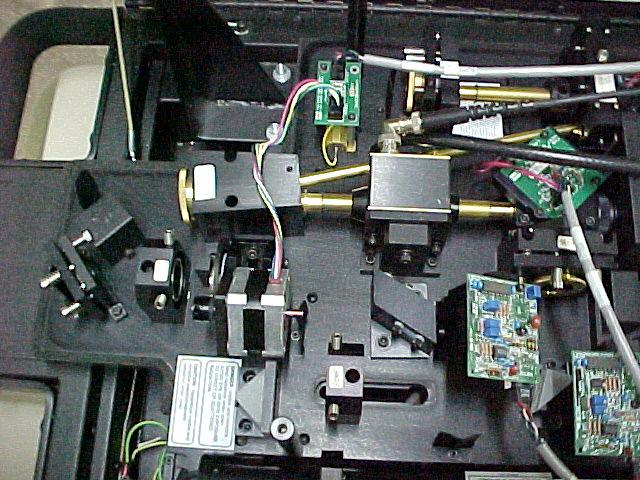Alaskan
0
- Joined
- Jan 29, 2014
- Messages
- 12,031
- Points
- 113
I found a beam deflector on ebay for 1064nm which has the following specs:
AOBD 4090-6 1064 nm
Scan Angle: 56 mrad
Active Aperture: 2 mm
Scan Frequency Range: 72.5-107.5 MHz
Material: Tellurium dioxide
I want a beam deflector for the output of a small 1064nm YAG with a beam diameter of about 2 to 3 mm. When I see the active aperture is only 2mm, this makes me wonder what it was used for with such a small aperture? I don't think I can use it if it barely accepts a 2mm wide beam, in that case, I don't see how it could be steered at all. Can someone please tell me how to interpret these numbers?
Thanks
AOBD 4090-6 1064 nm
Scan Angle: 56 mrad
Active Aperture: 2 mm
Scan Frequency Range: 72.5-107.5 MHz
Material: Tellurium dioxide
I want a beam deflector for the output of a small 1064nm YAG with a beam diameter of about 2 to 3 mm. When I see the active aperture is only 2mm, this makes me wonder what it was used for with such a small aperture? I don't think I can use it if it barely accepts a 2mm wide beam, in that case, I don't see how it could be steered at all. Can someone please tell me how to interpret these numbers?
Thanks
Last edited:








